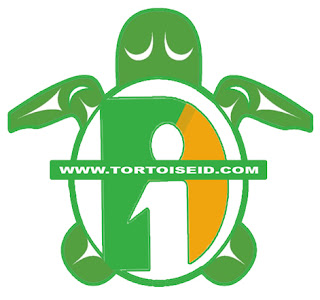DESCRIPTION
Common Name:REDFOOT TORTOISE
Scientific Name: Chelonoidis Carbonaria
Current Size: 7CM
Average Adult Size: 12-14"
Area of Origin:South and Central America; Few Carribbean Islands
Description: Black shell color, usually with yellow highlights in the centers of each scute of their shell, which are present from hatching (the black color grows in with age). The skin is black, with bright red spots on the front and rear legs. Head color varies between specimens and localities, but is generally black skin with red or yellow scales present mostly on the top of the head. Males generally are a bit more colorful than females. We consider them "watermelon" shaped; somewhat elongated and rounded, no matter which angle you're looking at them from. Males usually have a narrow waistline (hourglass shape) when viewed from above, although this isn't always the case.
Habitat:Naturally these tortoises exist in a wide variety of habitats, from grassland to jungle, almost all with moderate to high humidity and moderate temperatures. They can handle variable amounts of humidity in captivity once grown, but babies should be kept humid to ensure proper smooth growth. They do not hibernate, but will go through a winter slow down period during cooler weather and shortened daylengths. As adults, they can safely handle body temperatures as low as 45 degrees at night as long as they are able to heat up into the 70's during the day. Summer highs up to 100 degrees can be tolerated as long as there is a cooler, shaded retreat the tortoise can get into. Moisture is not a problem in warmer temperatures (a cool mud hole on a hot day), but in cooler weather and on cold nights, the tortoises should be kept dry.
Diet:This tortoise is naturally a browser, and will wander about munching on broadleaf plants and fallen fruit the majority of its natural life. They are known to eat meat in the wild, seen eating dead animals, worms and snails. In captivity, redfoot tortoises will eat almost anything well, such as leafy weeds and clover (dandelions are a favorite), fruit, vegetables and they love Mazuri tortoise diet.
Adult Behavior: Adult redfoot tortoises are interactive and curious tortoises. They are usually unaggressive towards eachother and can usually be kept long term in mixed-sex groups. They are not damaging to their environment, rarely digging holes or burrows. Most redfoots will eagerly come to their keepers looking for food once they are comfortable in their environments.

